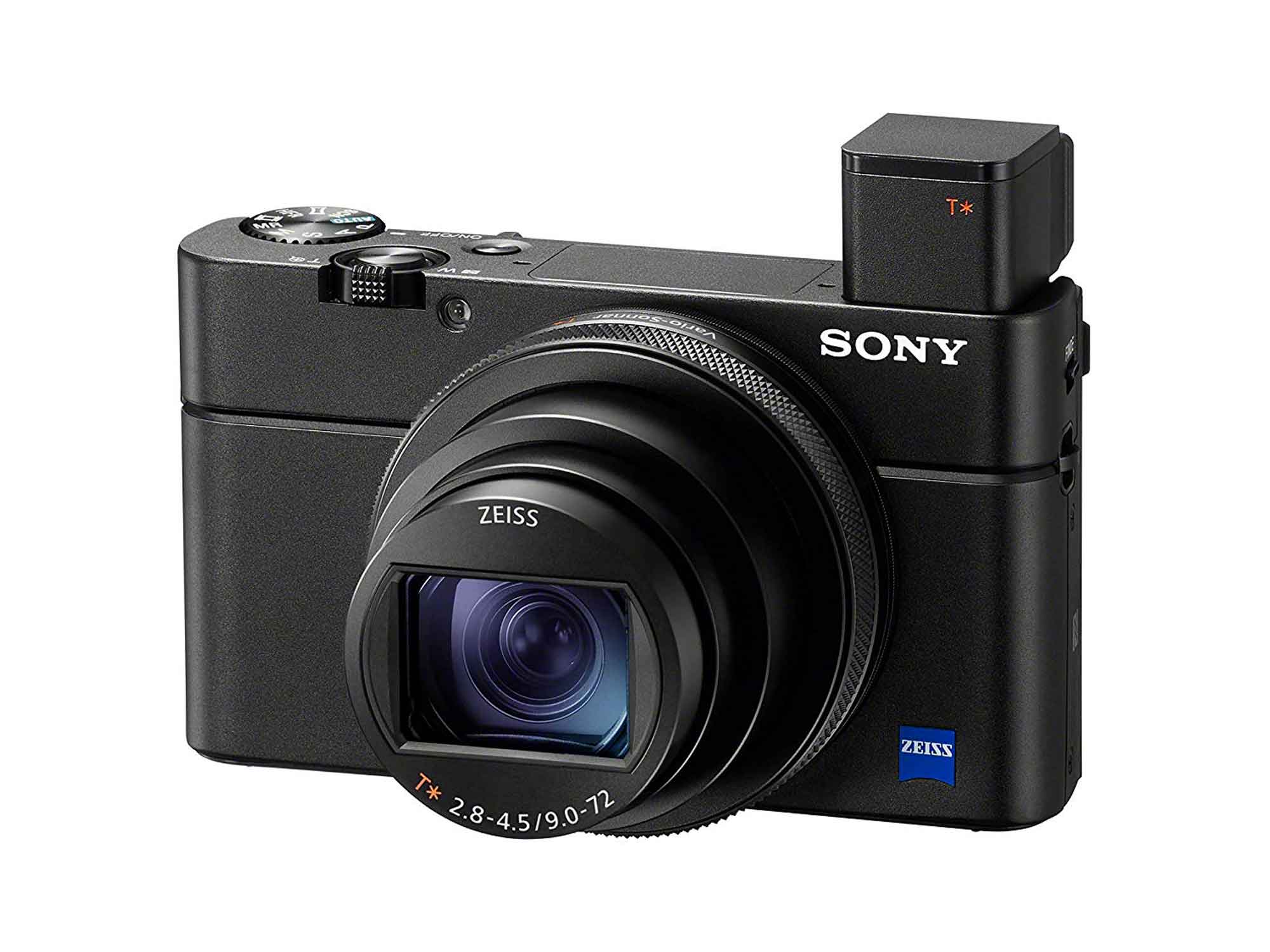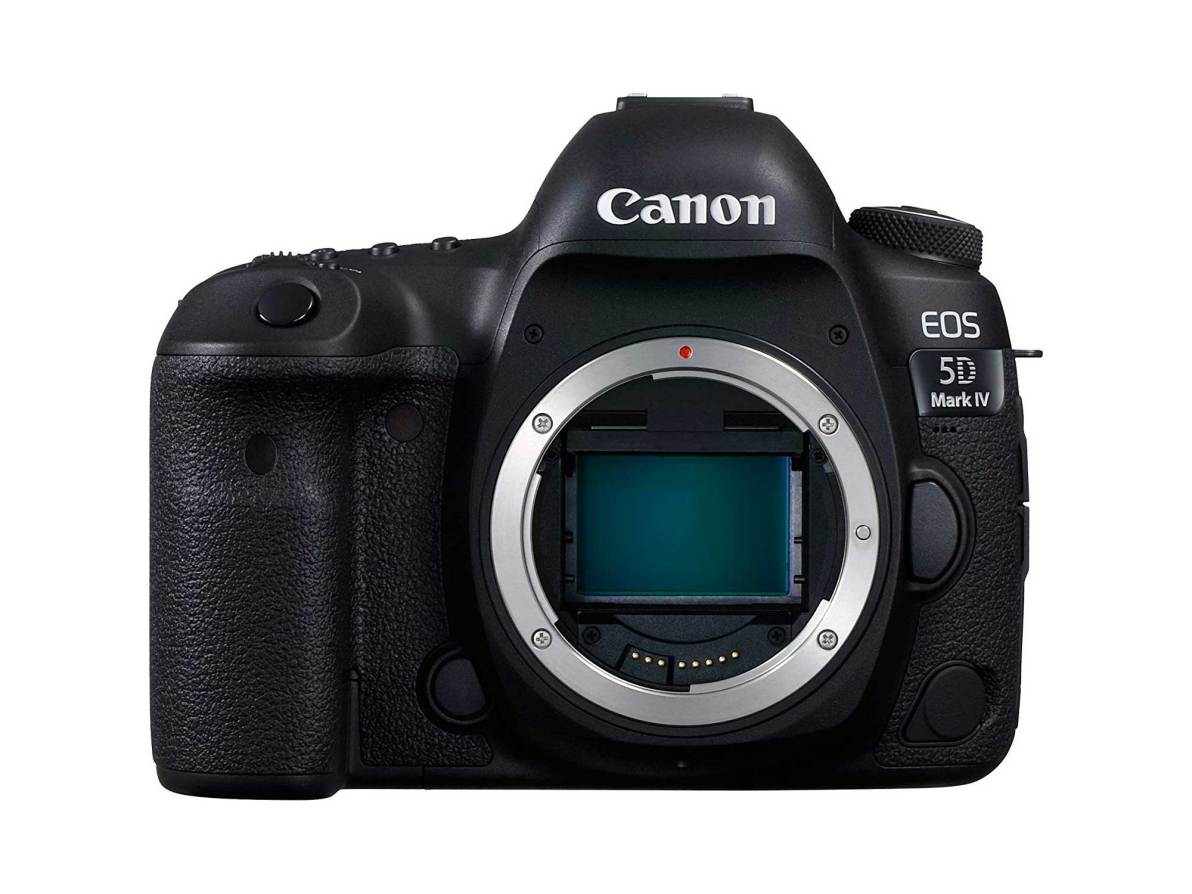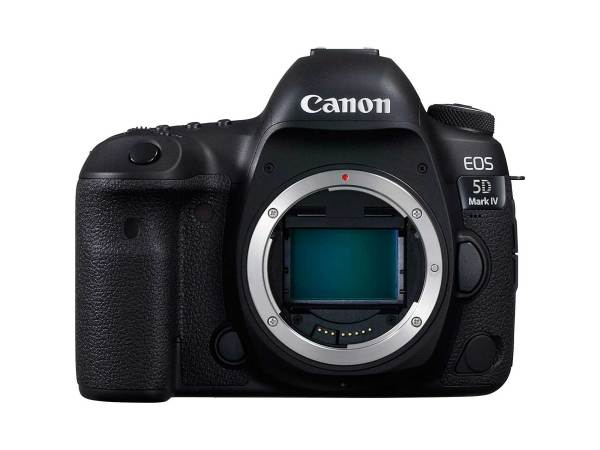We may earn revenue from the products available on this page and participate in affiliate programs. Learn More ›

Whether you are shooting a modern digital camera or burning black-and-white film through a pinhole in a shoebox, the principles of good photography remain the same. Many of us are so focused on recording special moments in the field that we don’t take time to consider how we might improve those images. You don’t have to understand all the bells and whistles on a high-dollar DSLR to shoot better photos. Pay attention to these three pillars of good photography every time you open the shutter, and eventually they will become second nature.
Composition
Great photography starts with sound composition. Know your subject, the exact focal point, and how to position it within the frame to accentuate the element you viewer sees first. Learn and practice the “Rule of Thirds,” a photography principle that places the primary focal point of any composition at the intersection of vertical and horizontal lines dividing the frame into equal thirds. The primary element should be positioned either along one of the lines or at their intersection. Most modern cameras have a thirds grid that can be turned on in the viewfinder to aide composition. Experiment with holding the plane of the lens at different angles to the subject. Once you have composed the photo, try backing out another 5 to 10 percent to create extra margin. That leaves the ability to crop more precisely during editing. Remember that straight horizon and waterlines are usually better than angled lines, and oh yeah, don’t forget to smile!
Focus
Tack sharp photos are the mark of a skilled photographer. Notwithstanding the use of special effects, such as creative blur, zoom blur, or manipulated depth of field, a sharp photo is a better photo every time, especially if you intend to produce a print. Modern cameras are so advanced that solid focus is all but guaranteed in auto modes. Nonetheless, study the focal controls in all modes for maximum sharpness. When natural conditions like low light, moving subjects, and multiple focal points try to confuse the camera’s auto-focus, you’ll need to understand how to compensate.
Exposure
Correct exposure is the third pillar of good photography. Like focus, much can be left to the camera in auto mode, and even seemingly unredeemable exposure can often be corrected during editing. But the better the original image, the better the final product. A modern DSLR or mirrorless camera will have multiple exposure settings intended to maximize whatever effect you are going for under any condition. Read the camera’s manual to familiarize yourself with how and why exposure is controlled in each of those modes. The “creative” controls are there for a reason, and once you become familiar with them, your chances of making every shot count go up exponentially.



